
A Tangle of Slow-worms106 viewsphotographed at Foulshaw Moss
|
|
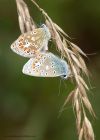
mating Common Blue butterflies (Image 4 of 10)101 viewsnow back to back (with him thinking she looks better from this angle )the manoeuvre is complete & docking successful
|
|

Curlew - Numenius arquata96 viewswell I think it's a Curlew, not easy to tell from this angle but it looks a big 'un, so I'm going with curlew
photographed@Marton Mere, Blackpool
|
|

Cormorant136 viewsCGC is back! Elsewhere in this gallery is a photograph of this ringed bird, taken three months ago & also photographed inflight from the very same hide. This Cormorant was "ringed as Pullus, Puffin Island, Anglesey 13/07/2008".
|
|

Cormorant127 viewsCGC is back! Elsewhere in this gallery is a photograph of this ringed bird, taken three months ago & also photographed inflight from the very same hide. This Cormorant was "ringed as Pullus, Puffin Island, Anglesey 13/07/2008".
|
|
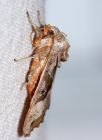
Angle Shades96 viewsphotographed at our home in Bispham, Blackpool
|
|
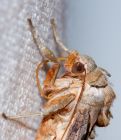
Angle Shades110 viewsphotographed at our home in Bispham, Blackpool
|
|
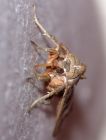
Angle Shades86 viewsphotographed at our home in Bispham, Blackpool
|
|
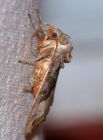
Angle Shades72 viewsphotographed at our home in Bispham, Blackpool
|
|
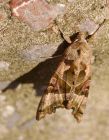
Angle Shades Phlogophora meticulosa Bispham Blackpool109 viewsphotographed in our garden in Bispham, Blackpool
|
|

Angle Shades109 viewsphotographed in our garden in Bispham, Blackpool
|
|

Cormorant126 viewsI noticed this Cormorant was ringed, so I brought the photo to the attention of Pete Marsh of LDBWS, a few emails later I was advised the Cormorant was "ringed as Pullus, Puffin Island, Anglesey 13/07/2008". Knowing something about the history of the bird makes what was otherwise just a record shot much more interesting.
|
|
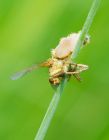
Yellow Dung Fly116 viewsThis Dung Fly appears to have been a victim of Entomophthora muscae fungus, which, "once the fungus is inside the fly it grows into the brain, causing a change in behavior.
Instead of acting normally, the fly crawls as high as possible on the branch, flower, stem or leaf it is on, spreads out its legs, stretches opens its wings and angles the abdomen away from the surface. This position improves the chances of the fungal spores leaving the dead fly and infecting new hosts"
|
|
|
|
|
|
|